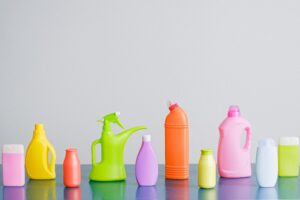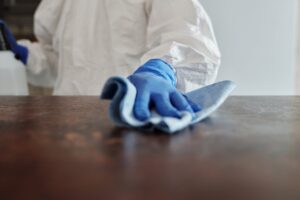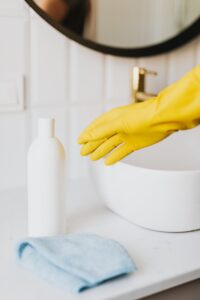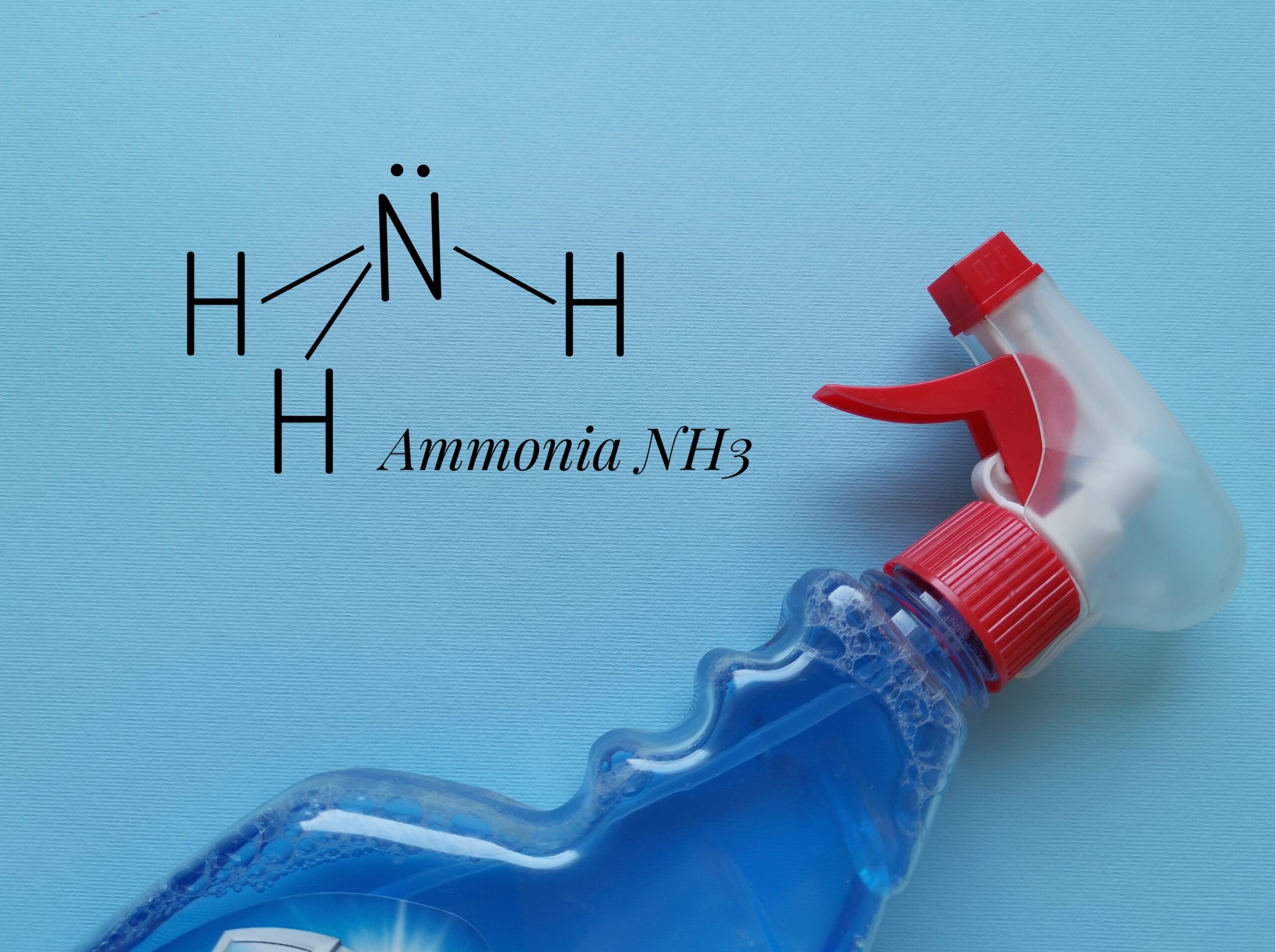The Need for Disinfection
For the past two years, cleanliness has been a major factor in how we go through our day-to-day lives. The threat of a global scale pandemic has shifted the daily routines of our lives inside and outside of our homes. The need and demand for cleaning products have reached an all-time high as the need for various disinfectants. Is ammonia a good disinfectant?
Alcohol and sanitizers have become commonplace items and, at times, mandatory. Even the products we use at home have become more relevant today than they used to. Suddenly, a plethora of cleaning and disinfecting products have surged into our households to protect us from the enemy that our naked eye can’t detect.
Traditional modes of cleaning and protecting ourselves have also drastically changed in the past two years. Dusting, wiping, mopping, scrubbing, and another janitorial cleaning now need more support from various disinfecting products.
Cleaning and Protecting Our Home
Cleaning with disinfectants has become a staple in our lives, and how we do it has changed as well. Health organizations now urge everyone to clean their households with disinfectants that can kill viruses and bacteria. High-touch surfaces such as doorknobs, remote controllers, tables, handles, switches, etc., have become high priorities in terms of protecting ourselves inside our homes.
They encourage contamination precautions, especially if we frequently receive visitors inside our homes. Keeping a good amount of distance between has become common practice as well as the use of face masks and face shields in close-contact spaces is usually a good practice to remember. You can’t be too careful nowadays, especially since anyone can become infected with a sample droplet in the air they breathe.
It is a must to isolate and monitor yourself when you feel your health decline or experience symptoms. Practice cleaning the surrounding of someone infected with the proper cleaning materials and products. No matter how little, we can no longer overlook the importance of keeping ourselves and our environment sanitized.
 How Do We Clean and What Should We Use
How Do We Clean and What Should We Use
We can generalize cleaning methods into three types; Sanitizing, Routine Cleaning, and Disinfecting. Each has its own procedures, and some might require additional products to achieve the desired level of cleaning. With proper use and process, these cleaning methods can help us keep safe from the dangers of this pandemic.
Routine cleaning is usually done to commonly used surfaces using water, soap, or detergents that remove common dirt and grime. This method might not be that effective in removing germs and might require additional sanitation. Sanitation products diluted in water can further help in removing germs and bacteria on surfaces that traditional cleaning can’t remove. Using new materials also help in making sure that we catch all the dirt and germs when we clean.
On the other hand, disinfecting requires much stronger products that, if not used correctly, may harm us as well. Bleach, or Sodium Hypochlorite, is common for use in household cleaning, which one can use in different intensities. However, one should be careful in using bleach as it can be hurtful to our skin. Also, if inhaled, might cause damage to our lungs. With the recent trends in household cleaning, one particular disinfectant has also gained popularity which can be a substitute for traditional bleach, Ammonia.
Is Ammonia a Good Disinfectant
The breakout of Covid-19 brought many challenges to people all over the world. One of the greatest challenges is to keep the virus away from anything we touch. Frequently handwashing might be our first line of defense, but cleaning with soap and water will not be enough, especially if we live in a house where millions of bacteria and germs are not visible to the human eye.
When keeping our hands clean is already checked on the list, the next item to fulfill is how to keep the surfaces around the house clean. If the goal is only about removing germs, dirt, and impurities from surfaces and objects, then simple water and soap will do the work. However, removing germs does not guarantee round clock safety because it only lowers the number of bacteria.
While viruses and bacteria can survive on surfaces for several hours, killing them might be your priority. Disinfectants like ammonia can fulfill the job of wiping out germs and bacteria; therefore, knowing your disinfectant is important. Nowadays, disinfectants come in different compositions, labels, and faces. What is common among them is the Quaternary Ammonium Compounds (QACs) that act as an active ingredient and is important in the role of disinfection.
What are Quaternary Ammonium Compounds (QACS)
Quaternary Ammonium Compounds (QACs) or Quats substitute ammonium compounds organically. They are a group of chemicals commonly found in various preservatives, surfactants, antistatic agents, and an active ingredient in disinfectants and sanitizers.
QACs basic chemical structure is a nitrogen atom with four hydrogen atoms attached around it. Quaternary ammonium is created when replacing each of those four hydrogen atoms with some combination of four other organic chains.
It is a laboratory-tested compound that is highly effective in killing the virus that causes COVID-19, which is SARS-CoV-2.
For those who are fond of reading the labels of the cleaning products they are using, you might wonder why Quaternary Ammonium Compounds are not visible among the contents on the label. It is due to the fact that this compound of chemicals comes in different names used in health care. Some of these are alkyl dimethyl benzyl ammonium chloride, alkyl didecyl dimethyl ammonium chloride, and dialkyl dimethyl ammonium chloride.
 How Does QACs Work
How Does QACs Work
As one of the trusted components of most disinfecting agents, they use Quaternary Ammonium Compounds in disinfecting and sanitizing surfaces after cleaning with soap and water. It secures a less than 95% efficacy in removing and/or inactivating contaminants that can cause serious diseases. With their efficacy rate, Quats are effective against fungi, amoebas, and enveloped viruses.
Quaternary Ammonium Compounds perform remarkably as a disinfecting agent. It eliminates bacteria and viruses referred to as the inactivation of energy-producing enzymes and denaturation of essential cell proteins. The disruption of the cell membrane also kills the bacteria.
In other words, QACs, as an effective disinfectant, break down the cell membrane of bacteria and viruses by attaching their positively charged particles to the negatively charged cells in bacteria and viruses. It even penetrates the DNA composition of viruses and bacteria, which lessens the production of the organisms lying on surfaces.
Although Quats are destructive to a wide variety of organisms their efficacy exempts endospores, Mycobacterium tuberculosis, and non-enveloped viruses which can cause dysentery (Norovirus), and common colds (Rhinovirus), and Polio (Poliovirus).
Where Can You Find QACs
At present, Quat-based disinfectants are widely used in different areas of life like healthcare facilities, schools, business places, agricultural facilities, and food processing operations to be free of disease-causing bacteria and viruses.
Because Quaternary Ammonium Compounds are a proven effective chemical in killing bacteria and viruses, you can also find this as an active ingredient in most cleaning and disinfectant products such as floor cleaners, glass cleaners, carpet cleaners, pet stain removers, multi-purpose cleaners, bathroom cleaners, and disinfectant sprays.
Some of the popular cleaners and disinfectants available in the market that includes Quats as an active ingredient are Lysol Aerosol Bathroom Cleaner, Lysol Professional Disinfectant Spray, Parsons Ammonia All-Purpose Cleaner, Walmart Great Value Original Glass Cleaner, Pledge 4-in-1 Wood Floor Cleaner, Pledge Tile & Vinyl Floor Finish with Future Shine, and LA’s Totally Awesome Clear Ammonia.
Strengths of Quat-Based Disinfectants
Products that include Quaternary Ammonium Compounds as an active ingredient are used extensively nowadays.
According to the US Center for Disease Control and Prevention, they consider Quats as low-level disinfectants. However, such vegetative bacteria enveloped viruses, and some fungi are the organisms where quats are really effective.
What is good about Quaternary Ammonium Compounds is their good stability and toxicology as a disinfectant. Take note that a chemical substance is said to be stable if it is not particularly reactive in the environment during normal use and retains its useful properties on the timescale of its expected usefulness. Therefore, with a proper application, Quats can be a friendly partner for cleaning and disinfection without the worry that it may harm the health of its users while it is in the process of killing bacteria.
Quats are also known for their good compatibility with cleaner formulation ingredients. They are easy to blend with other chemicals that work for removing stains and dirt on surfaces. That is why most companies produce cleaning products that perform as cleaning and disinfecting products simultaneously.
And did I mention that Quats are odorless? That’s another star feature manufacturers of disinfecting products create something that suits the preference of consumers who are meticulous.
These properties of Quaternary Ammonium Compounds make it a good combination for most consumer products at present. Imagine one product that can save money and your time and energy in cleaning, totally worth the money. Be considerate in reading the instructions on the label because you can achieve a bacteria-free household with a proper application.
In Terms of Application
Typically, Quats-based products require a range of 3 to 10 minutes to eliminate unwanted odors, bacteria, and fungi totally. Anyone who is using the product can just let the disinfecting agent sit on the surface while doing other stuff.
Many manufacturers include this chemical in the composition of their glass cleaners. Because Quaternary Ammonium Compounds are naturally light, the chemical can evaporate easily in a short time.
In Terms of Practicality
Have you tried other disinfecting products like bleach? Bleach is a well-known disinfecting agent but compared to other chemicals used for disinfection, Quaternary Ammonium marks its advantage. Unlike bleach which discolors clothes and leaves stains on the carpet, Quaternary Ammonium does not damage clothes and carpets when exposed to the surface.
Moreover, Quaternary Ammonium is non-corrosive to metal pipes, just like bleach. Because the chemical is light and odorless, it does not require you to put on protective goggles, masks, and gloves, provided it is properly diluted.
In Terms of Availability
Another advantage of Quaternary Ammonium Compounds is their widespread availability and relatively low price. You can purchase ammonia disinfectant in concentrated form and dilute as needed, in bulk-sized ready-to-use, pre-diluted bottles, and even in disposable wipe form.
In addition, many cleaning and disinfectant products include ammonia in the composition of their product because of their promising performance.
Weaknesses of Quat-Based Disinfectants
While you already consider buying Quat-based products at this moment, also consider when does Quaternary Ammonium decreases its effectiveness. As they say, nobody is perfect, and it’s also true for some chemicals.
Even if Quaternary Ammonium is effective as a disinfectant, there are things that a Quat-based product user must remember.
There are sure reasons why Quaternary Ammonium is only applicable in keeping the surfaces like floors and railings, windows, furniture, bathroom walls, or curtains free from bacteria. This limitation is because of the fact that when Quaternary Ammonium is mixed with organic matter, it loses its effectiveness.
In conclusion, it cannot perfectly perform its job on such occasions where organic matter like urine, fecal, blood, or soil is present. Thus, cleaning and disinfecting medical patient-care supplies or equipment, such as cystoscopes or cardiac catheters using Quaternary Ammonium, are not ideal.
One should not use even clothes made of organic material like cotton to spread the disinfectant because they also lower its effectiveness.
Moreover, hard water or water that has high mineral content is also a concern. You should test it before using Quaternary Ammonium as a disinfectant. The high mineral content of water interferes in the composition of Quaternary Ammonium, resulting in the loss of effectiveness.







